For those wishing to secure their landscaping, preserve boundaries, and beautify a property, proper fencing is indispensable. Taking the first step in this process is essential, and calls for the accurate driving of the fence posts.This article covers the construction procedure required to flawlessly drive fence posts, and outlines the tools necessary to carry it out.
Once you have decided on your fence’s size, material, and height, it is time to mark out the posts’ locations. Take into account the land’s gradient and the composition of the soil as you do so. Then, the process of embedding the posts commences – your fence is one step closer to taking shape.
To install fence posts into the earth, a post driver is typically utilized. This device comprises of a long metal bar with a handle on one end, and a sharpened point on the other. The post driver is inserted into the top of the post, and then bashed with force by a sledgehammer or other hefty implement, resulting in the post being driven deeper into the ground.
To penetrate denser soils, a post pounder is the way to go. With a heavier and wider head than a post driver, it has more oomph in its blow. It is then much easier for the post to slip into the ground below.
Posts are an integral component of any fence, and choosing the correct ones is essential for successful installation. Wooden posts should be pressure-treated in order to withstand the test of time and guards against unwelcome infestations. Meanwhile, metal posts should be galvanized to guard against the effects of rust. Additionally, bear in mind that posts should also account for the type of fence installed; for example, chain-link fences call for larger posts than those required by wooden fences.
Quality is key when installing a fence; the posts must be held to the highest of standards. They ought to be straight, spaced correctly and precisely level. Failing to do so will leave the fence unbalanced and liable to breakdown later on. Ensure uniformity in height, and check the alignment regularly throughout the installation process.
The posts should be fastened firmly to the ground with metal spikes or stakes. This process helps the posts stay in place, ensuring that they are safe and secure, protected from any potential shifting or movement in the future.
Lastly, the time has come to put the fence panels in place. Make certain to stick to any guidance that came with the product, so that the fence will be set up securely.
Constructing a lasting fence starts with conscientious effort and the correct tools. To drive posts correctly takes a bit of forethought, but it is well worth it to withstand the test of time.
Fences are essential for providing an aesthetically pleasing border and a sturdy, secure boundary. Fence posts are the pillars of such enclosures, defining the shape and size of the garden, farm, or property line. They must be securely driven into the earth to maintain their strength and stability – a task as vital as it is simple in order to ensure that the fence stays in place.
To begin the daunting task of driving fence posts, we must first make sure that the construction ground is clear of any hindering obstacles. Any rocks or other debris can impede the installation process, and so it may be prudent to utilize a shovel or similar tool to dig a shallow trench where the post will be planted. Doing so will make driving much easier, especially if the earth is incredibly knotted and unyielding.
Once the landscape is ready for action, begin erecting the post by grabbing a sledgehammer or a post driver, whichever you prefer. Start sinking the post about one-third of its full length into the ground. Roll around the pole and keep driving it further down in a circle. Continue this motion until you’ve secured the post firmly in place.
Depending on the material of the post and the nature of the terrain, extra reinforcement may be required for stability. Wood posts can be buttressed by inserting stakes around them. Alternatively, metal posts necessitate more substantial support such as concrete for a rock-solid foundation.
Ensuring the post is stable can be achieved with the addition of backfill. Spread a thin layer of soil or gravel around the post, and then firmly press down. Doing so will keep the post firmly rooted where it is being planted and give it extra support.
To ensure a fence’s durability and strength, one must take into consideration the measure of spacing between posts when driving them in the ground. Typically, these should be separated a distance ranging between eight to ten feet apart, depending on the type of fencing being erected.
All in all, installing fence posts is a key element of erecting a fence. It is imperative to ensure that the posts are securely implanted into the soil and steady before moving onto the next phase. Make sure you employ the necessary equipment and provisions to guarantee that the posts are accurately embedded and sustained. With a slight bit of effort and time, it’s straightforward to construct a pleasing and sound fence.
Related Product
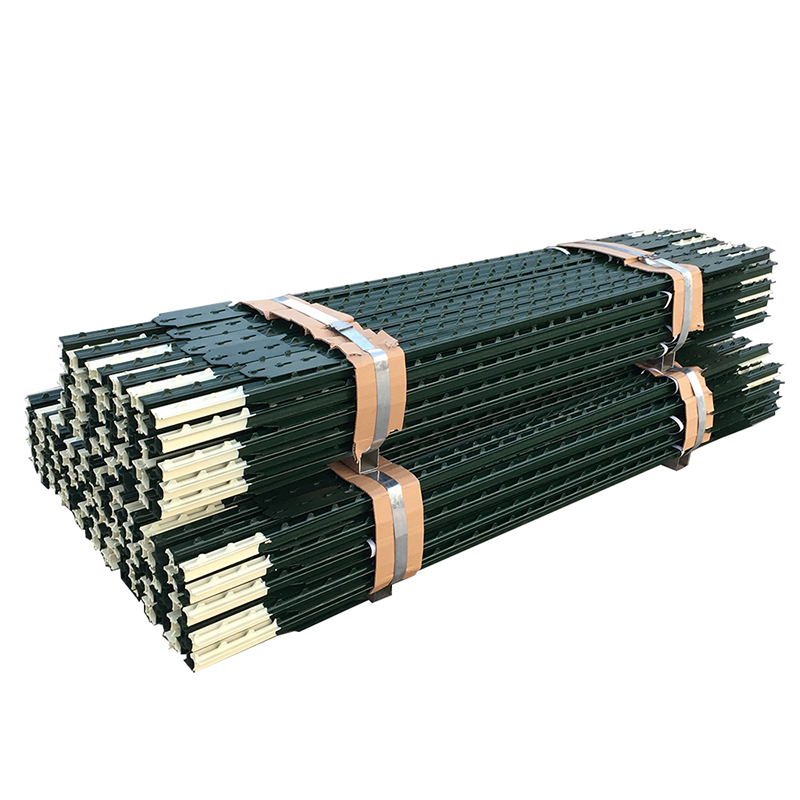
Studded T Post
material: rail steel weight: 0.85,0.95,1.25,1.33lbs/ft etc length: 5′-10′ etc surface: painted with spade,painted no spade,unpainted with spade,unpainted without spade,hot-dipped g […]
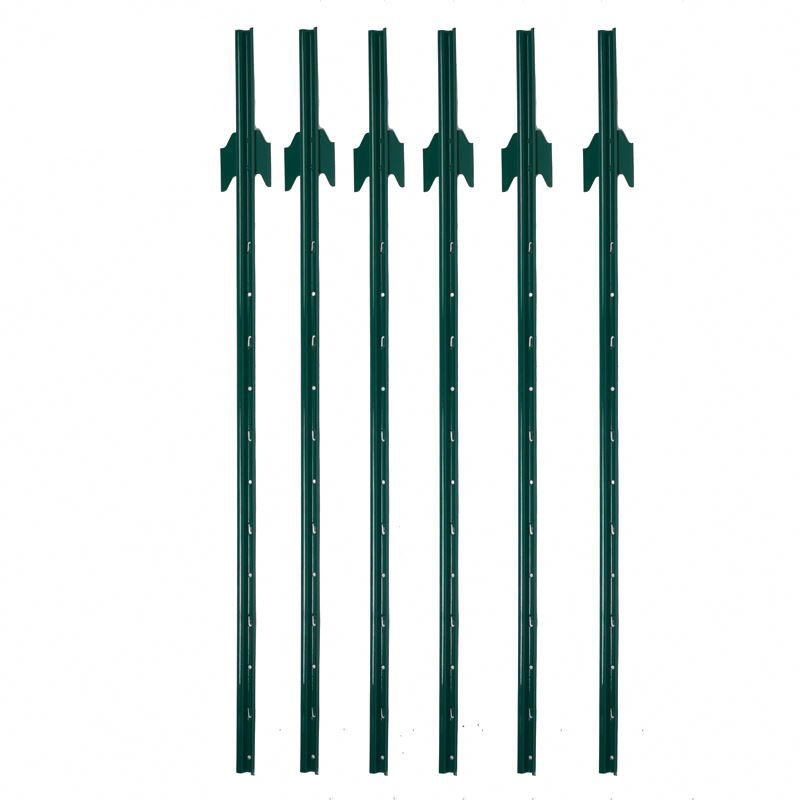
U Post
Heavy Duty Garden U Shaped Steel Fence Post With Spade Shape: U shape, with or without spade Material: low carbon steel, rail steel, etc. Surface: Powder coated Advantage: Easily A […]
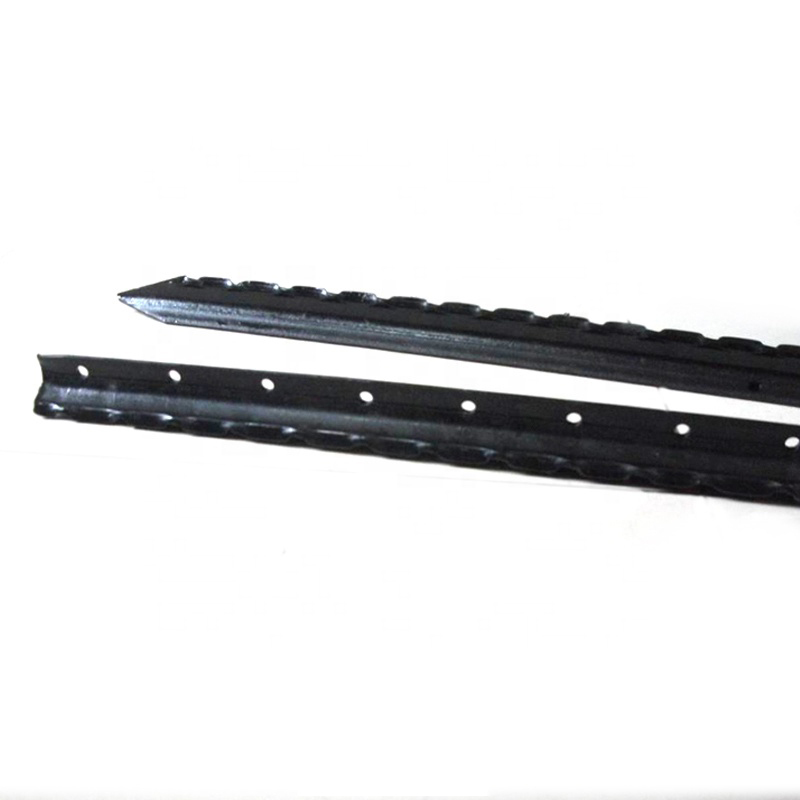
Israel Y Post
Y post with teeth provides the most reliable way of fencing wire attachment by threading the wire through the holds along the post, gripping the wire with is specially designed tee […]
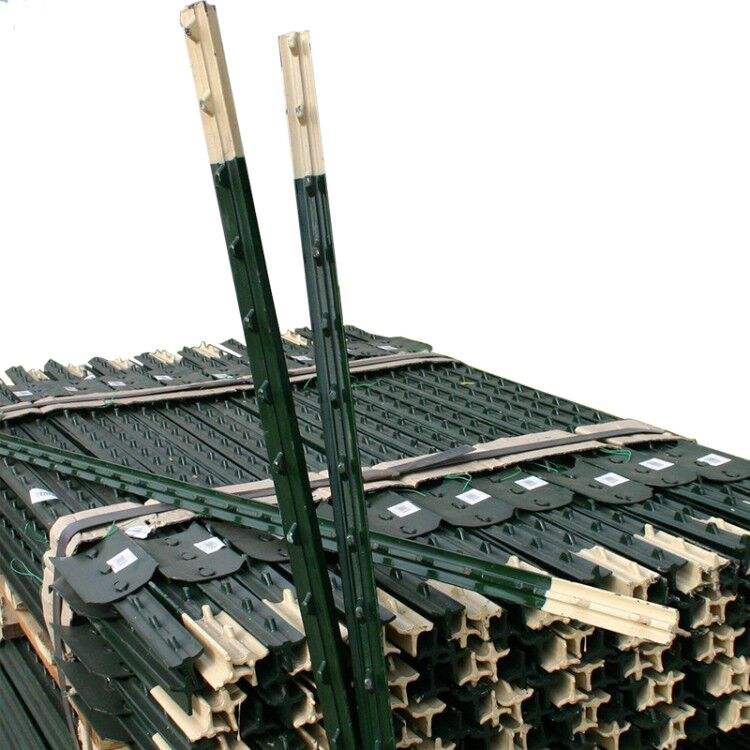
T Post
Material: rail steel Weight: 0.85,0.95,1.25,1.33lbs/ft etc Length: 5′-10′ etc Surface: painted with spade,painted no spade,unpainted with spade,unpainted without spade,hot-dipped g […]
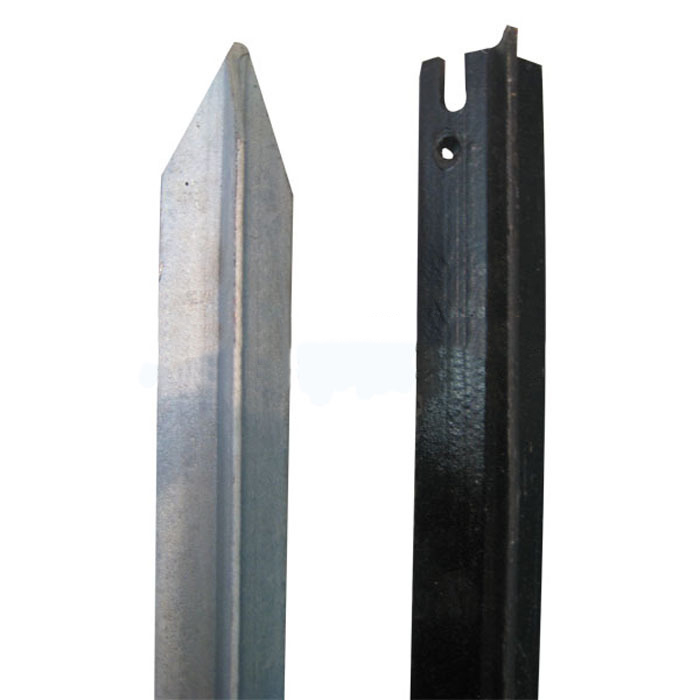
Y Post
Length:1.35m,1.5m,1.65m,1.8m,2.4m etc Weight:1.58kgs,1.86kgs,1.9kgs,2.04kgs/m etc Surface:painted, Hot dip galvanized, No paint Usage:farm fencing,garden fencing Packing:400pcs/pal […]
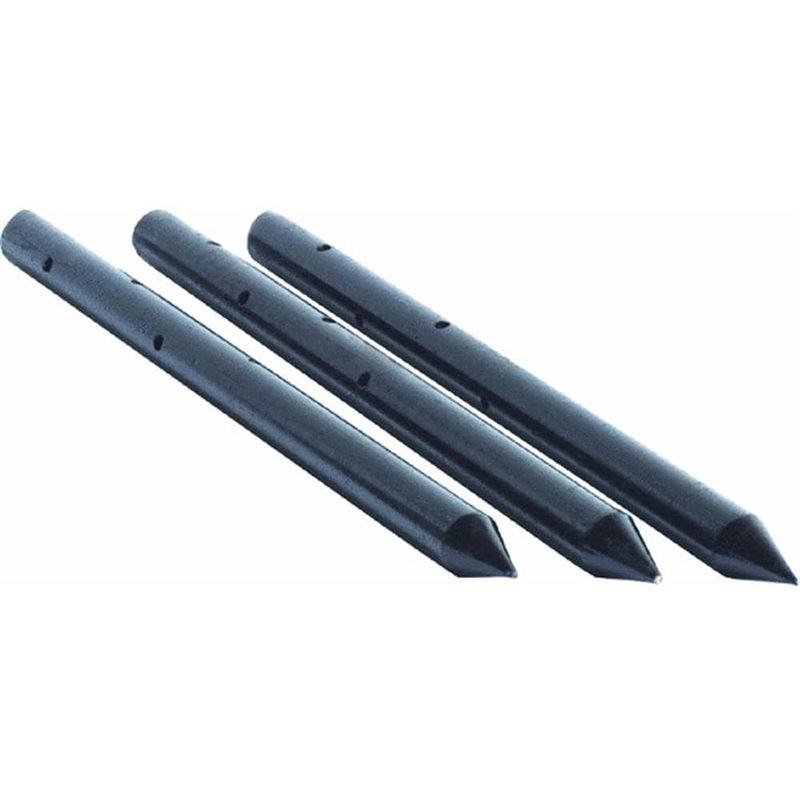
Nail Stake
Product information: Description Unit Pallet Weight(kg) 3/4″x12″ 10pcs/box 150boxes/pallet 0.6200 3/4″x18″ 10pcs/box 100boxes/pallet 0.9250 3/4″x24 […]
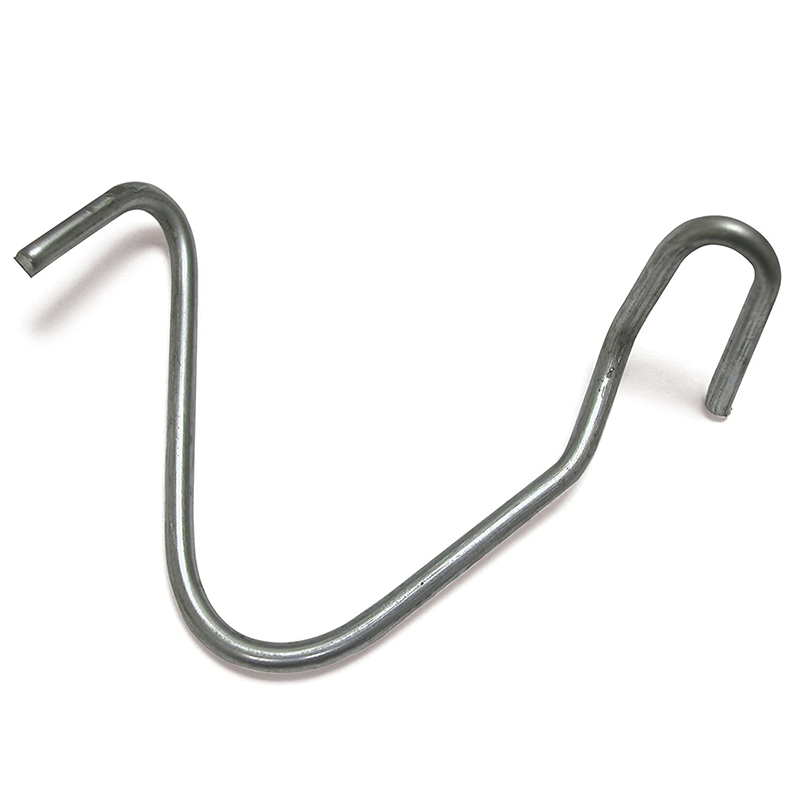
T Post Clip
These heavy duty T-post clips fit standard size 1.25 and 1.33 lb. studded T-posts. Manufactured from 11-1/2 gauge wire that is Hot-dipped galvanized, these clips are designed for f […]
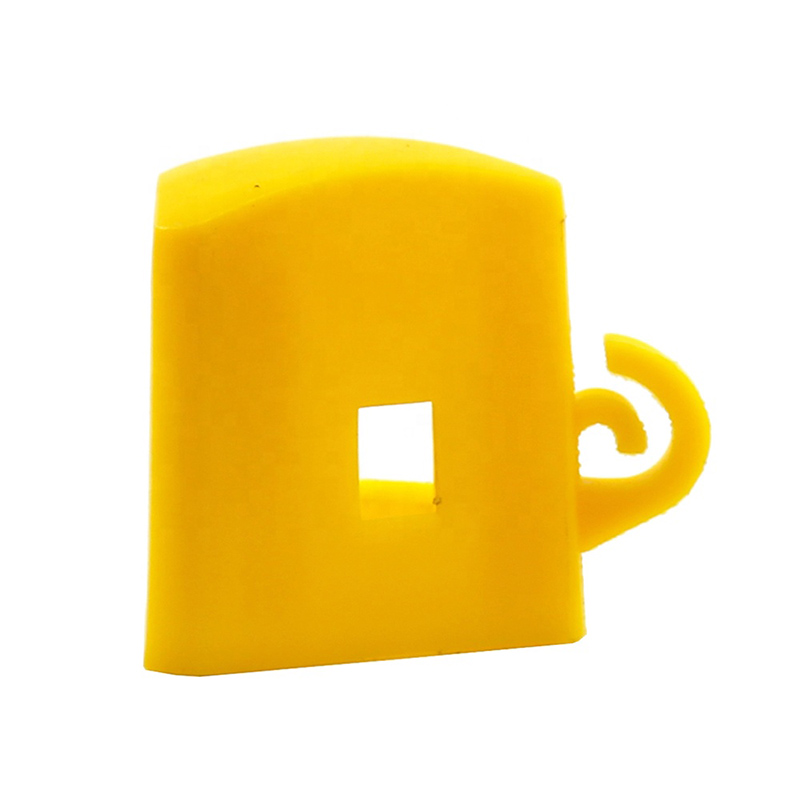
Y Post Cap
Y Posts Caps is also called safety cap or Star picket caps. It used for Y star picket . It can cover sharp edges of Y posts. Type Size(L x W X H) Thickness Weight Round 57x57x60mm […]
Post time: 2023-08-09

